Examining with a microscope how Lee Child writes character movement and gestures in his novels.
A documentation about writing the ultimate heist novel. Get the full series here: charleskunken.com/hollywoodheistbacklot
We continue our study into what makes Lee Child's writing so popular. (one of the highest selling authors in the world)
What makes his writing so good?
This week we look at one small aspect of craft, specifically the way he describes gestures. This surprised me with how difficult it is.
This is not related to story or plot. It's related to the way he provides the reader a scene. I think getting these little ticks right over and over again is one of the things that makes us finish a book and say 'that was a pleasure', without knowing exactly why.
Getting it wrong over again (bad writing) is probably what makes us put it down after chapter 1, without knowing exactly why.
Describing gestures is very hard to do without sounding weird so I'm taking a very deliberate look at exactly how Lee does it. I'm tracking it like this:
The middle row of dashes are pages with mannerisms. Then I went back and made a list.
Here's some data:
We got short ones:
pg. 254 a white-haired woman stuck her head out
pg. 272 The old lady looked up
pg.321 No one spoke
321 Chang got up
322 She caught Reacher's eye
347 Chang nodded
353 She touched the screen and the phone made a sound like a shutter
353 The fat man kept on talking, and jabbing, and jiggling.
353 She raised her phone and Reacher saw a picture.
358 Change settled in
They're efficient, no extra fat.
We got longer ones:
339 Around him others were helpless with shock, as if frozen in place by a camera strobe or a flash of lightning
Great metaphor.
An action sequence:
335 Reacher dropped down in the crowd and scooped up the Python, two-handed to stop it skittering on the polished wood, and he snugged the butt in his palm, solid and reassuring, and he fit his finger in the guard, against the trigger, hard and substantial, and he brought the gun up, three pounds of weight, and he put his left hand on the top of Lydia Lair's head, and buckled her knees, and forced her down, and he aimed over Chang's right shoulder and fired, at the center of the man-on-first's face.
One paragraph to describe a split second in time.
What am I noticing?
1. The special thing about the short ones is the absence of fluff. He gives you just what you need to paint the picture in your head. Nothing extra.
2. They're active. It's always 'Chang got up' and never 'Chang was getting up'
3. Cool metaphors, like the strobe lights - but they're not fancy or cute, just perfect
4. And regarding the action scene with the gun - I've heard Lee describe his own style before: he "writes the slow parts fast and the fast parts slow"
There are also some examples that are downright impressive, I don't even know how to analyze them:
He describes someone answering the phone:
283 the syllable was snatched at and the full boom was bitten back short, because of breathy haste and enthusiasm.
He describes the gestures a guy is NOT doing:
253 But there was nothing in the dim shadows beyond the guy's shoulder. No bulk, no sound, no shifting stance, no breathing.
And this is my personal favorite, how he describes a fat man getting up off a bench.
358 He was going to jack himself straight, like a plank, and then walk himself upright with his hands
A writing exercise I'm going to undertake once Covid's up is to spend a day at an all-you-can-eat buffet and will write you guys a newsletter of everything I observe.
If I can eat breakfast and lunch under one bill I'll consider it a success.
Have some thoughts? Feel free to drop a comment or hit me up: charlie@charleskunken.com


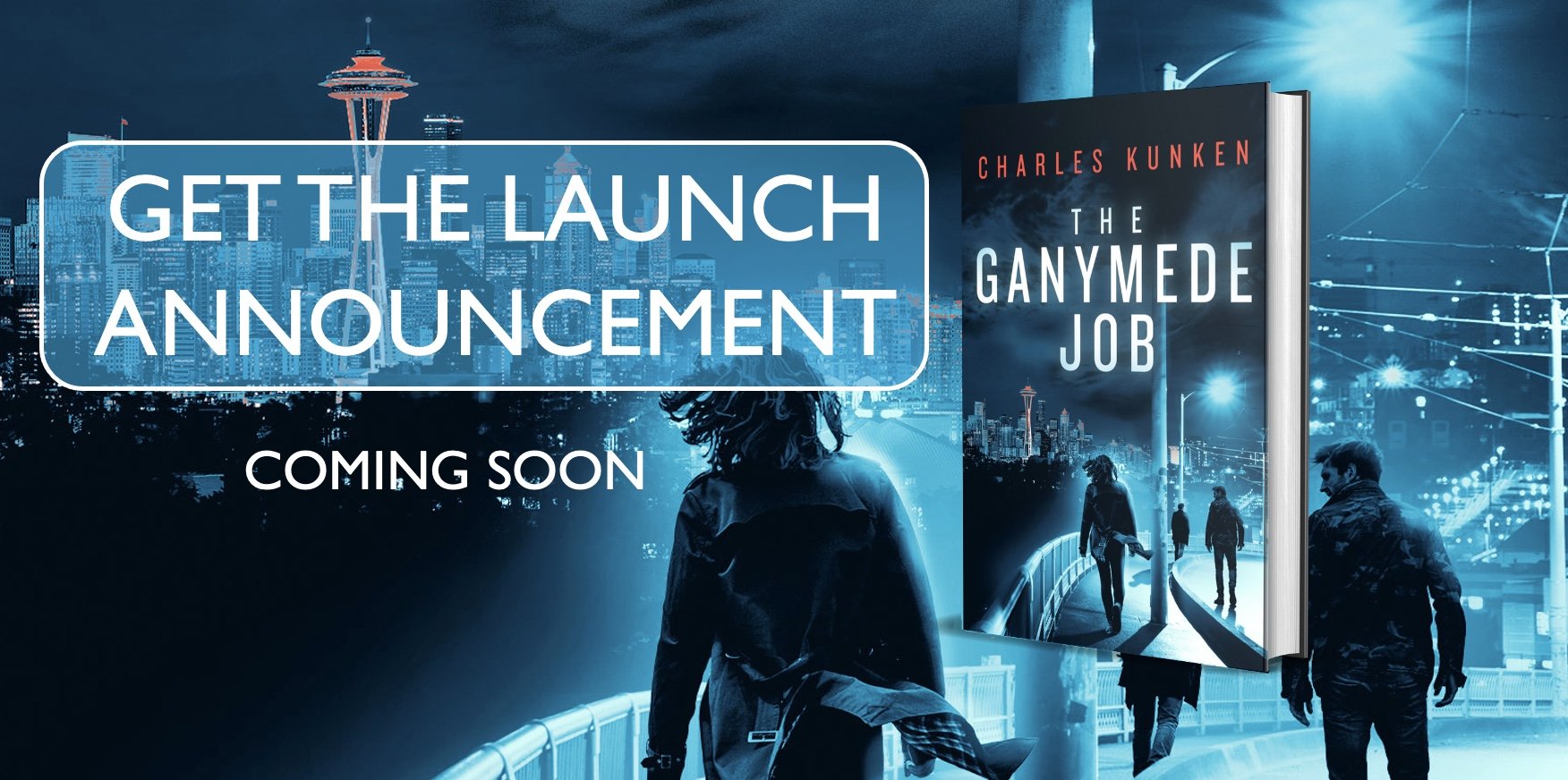



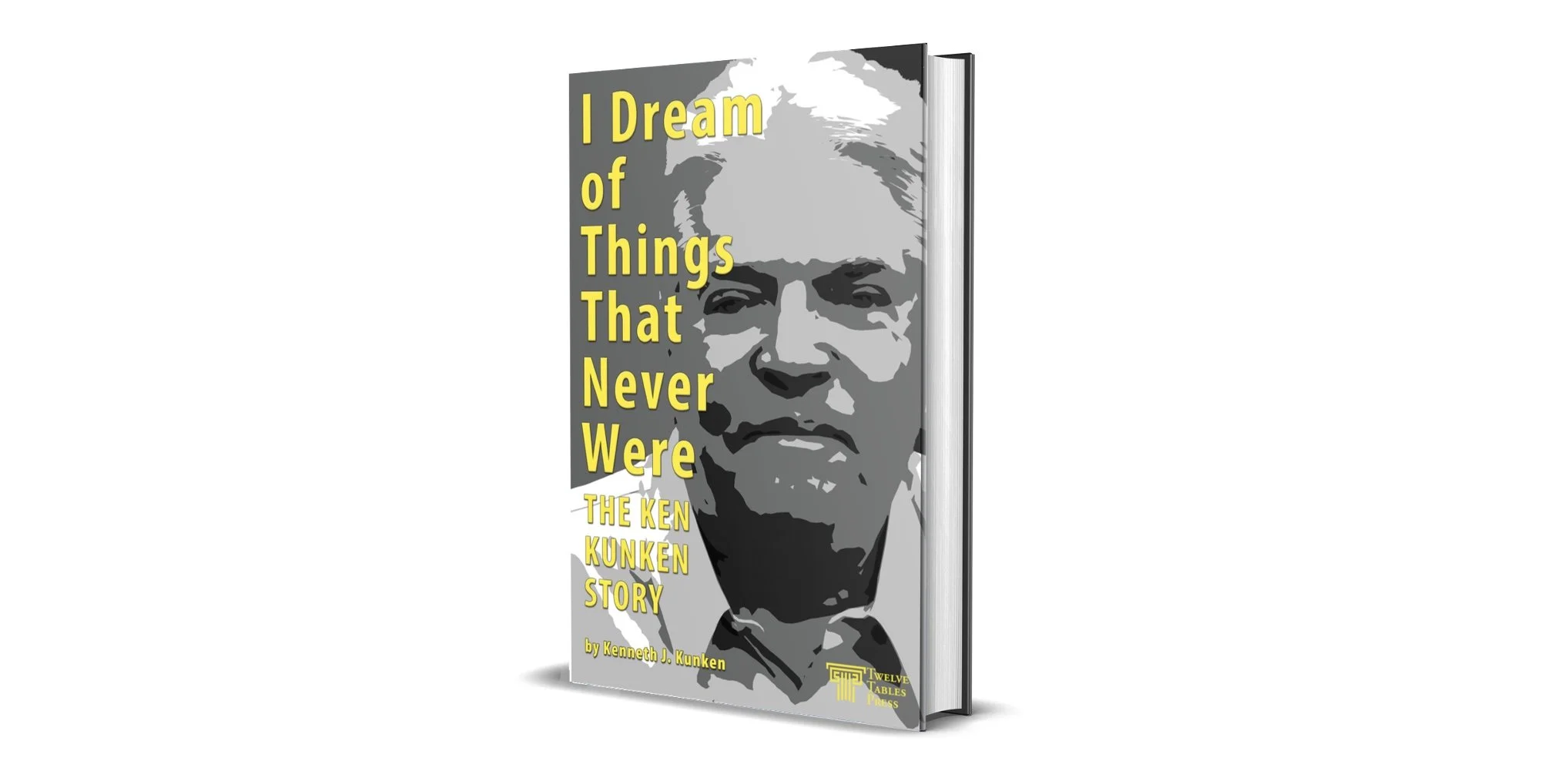
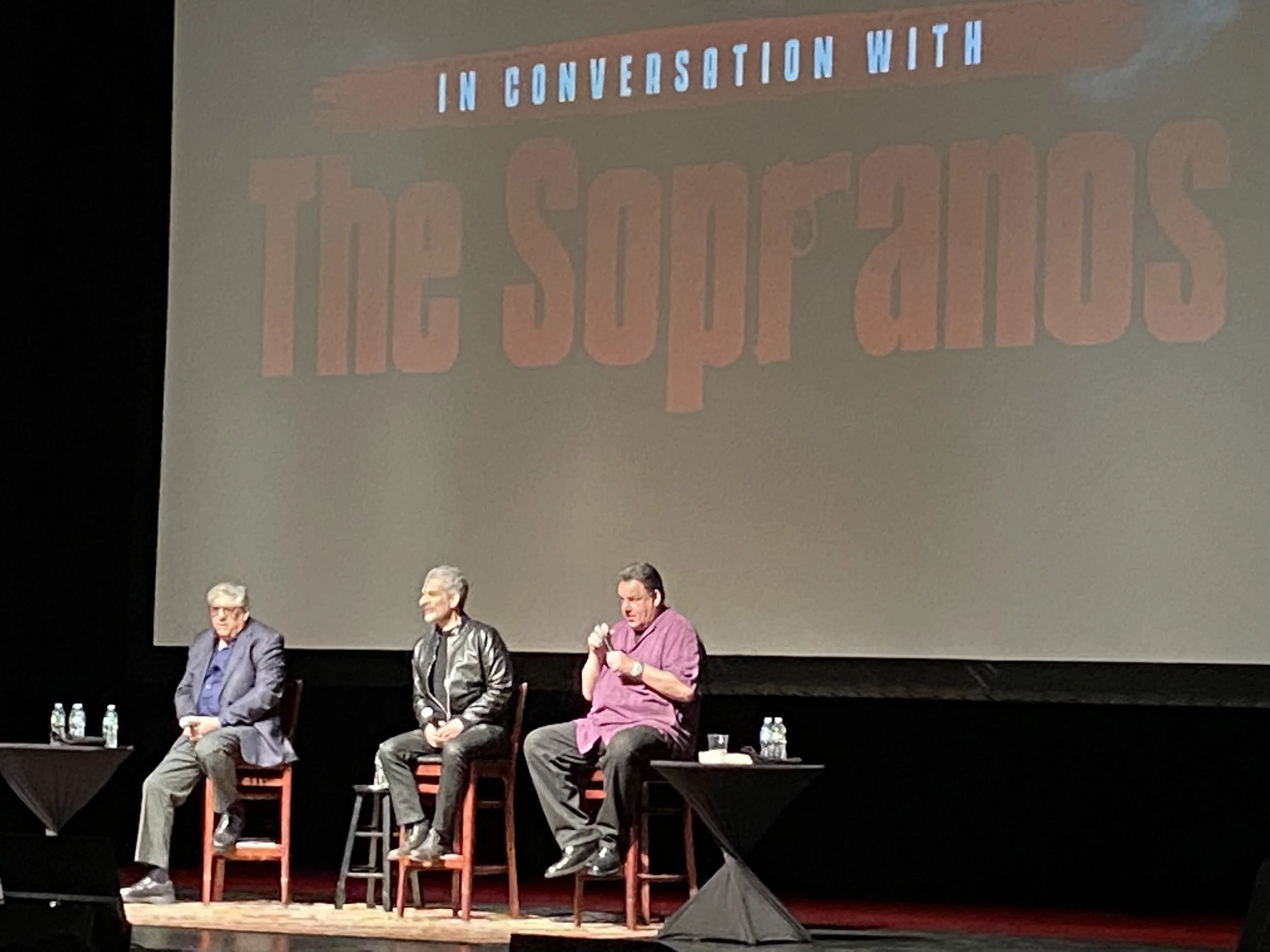


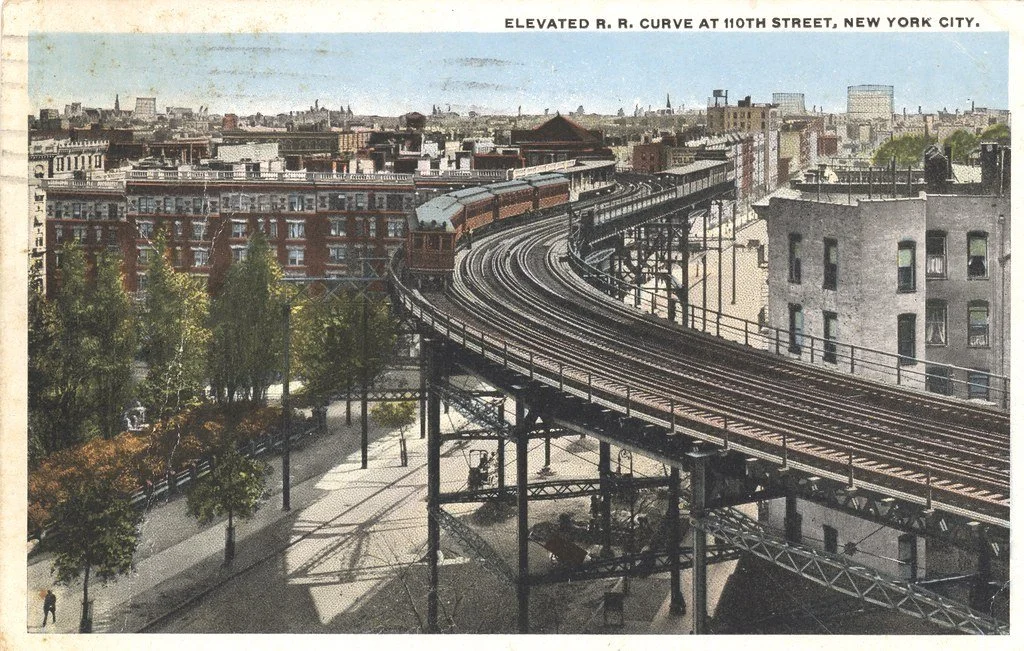

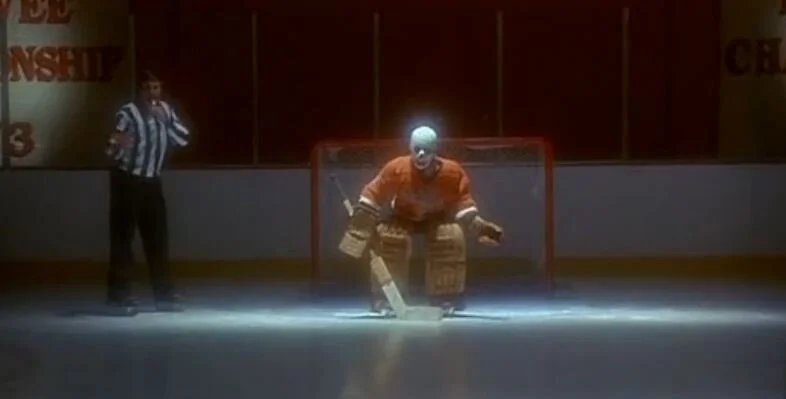
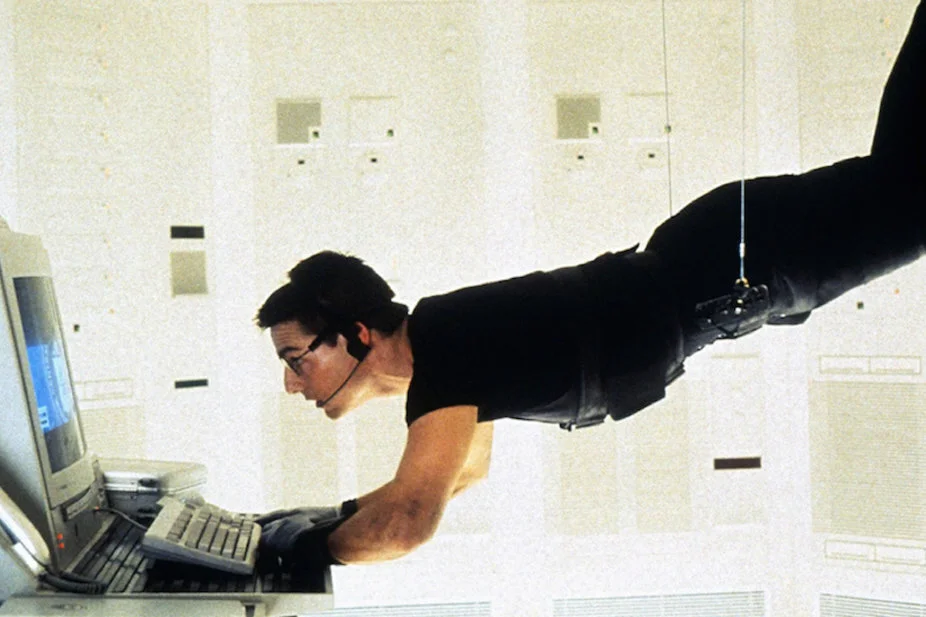
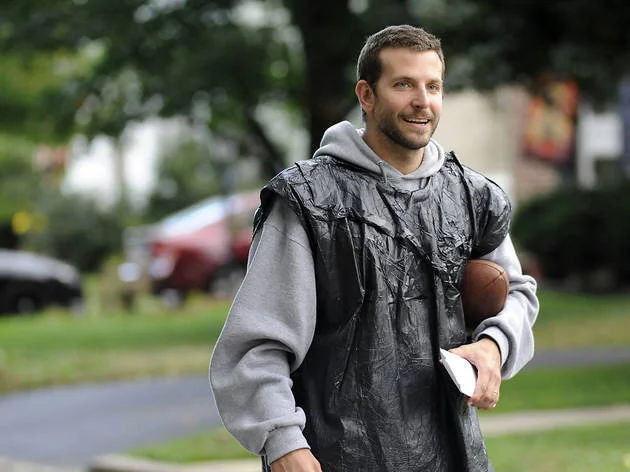
Please judge.